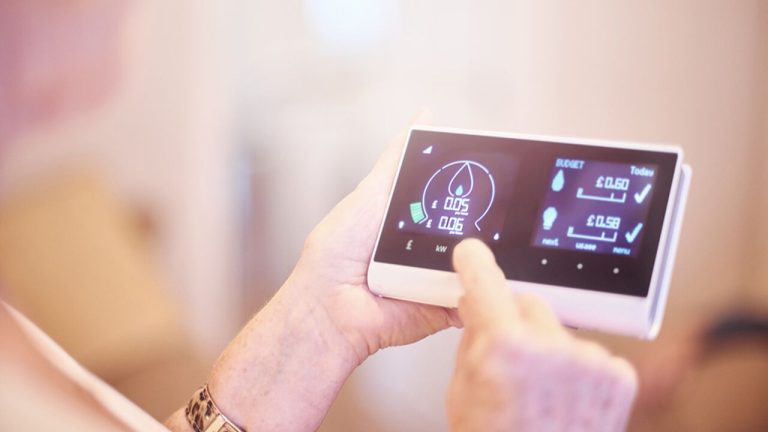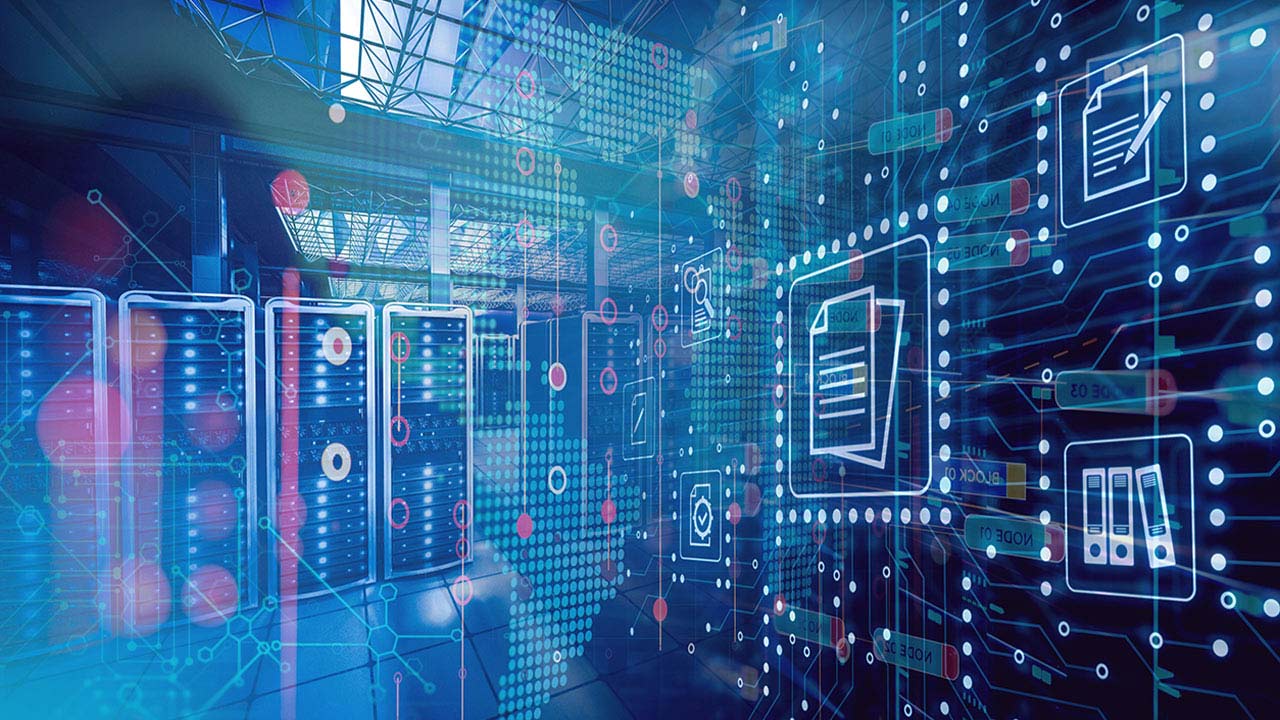
Rachel Eyres, Client Director for Energy and Utilities at Expleo
According to a landmark UN report compiled by the world’s top scientists, the climate crisis is damaging the ability of the land to sustain humanity, with cascading risks becoming increasingly severe as global temperatures rise.
In response to the growing public pressure of the Extinction Rebellion generation, the UK has committed to operating at net zero carbon emissions by the far-off sounding deadline of 2050.
The roll out of smart meters across UK homes and businesses is key in achieving net zero. However, with 27 million homes yet to have meters installed, the energy industry needs to move faster to deliver this revolutionary technology initiative, even with the extension in place.
More than Meters the Eye
So why are smart meters so crucial for net zero?
On a basic level, smart meters offer immediate end-user benefits, such as more accurate and potentially lower bills – based on consumers changing their behaviour due to greater visibility of their consumption.
If everyone uses less energy the nationwide reduction in emissions would be considerable, but this will only go so far in reaching the 2050 emissions targets. Smart meters, however, can unlock much greater reductions in household emissions than those to be had from small behavioural changes.
A great example of the potential for growth in household consumption is Electric Vehicle ownership. Households will take on the car-fuelling role through home and curb-side charging, functioning similarly to a personal petrol station. More electricity will pass through domestic systems, potentially at similar times of day, creating a demand “peak”. Such peaks typically require inclusion of more carbon-intense generation on the system to meet the short-term need. Therefore, Electric vehicle charging at will need to be monitored and controlled to manage emissions.
Another great focus area is gas – natural gas now is the single largest contributor to household emissions but is used to heat more than 80% of UK homes . The government understands this and has ruled that from 2025 no gas boilers should be fitted into new homes. Greenhouse emissions will drop but the need for electricity will rise, further increasing the need for smart meters to accurately record and manage consumption.
Furthermore, with the advances in battery technologies and solar panels, homes will have the capacity to generate and store their own electricity on a much larger scale. Whether this is sold back to the grid, local energy pool or used for domestic purposes, it reduces the strain on the national supply. This sort of “micro generation” requires smart metering to work properly – especially if electricity is being sold to the national grid from individual homes.
More to Measure
One of the challenges facing the UK energy mix is its current dependence on major power plants to generate enough electricity to meet demand at peak times. Such plants collectively produce vast emissions and are a major hurdle to achieving net zero.
The power networks won’t just be valuable for carrying that power, but also for gathering and sharing data.
By analysing the data from smart meters we can move to a model where granular, real-time demand data, rather than historic data, dictates electricity generation. This will support a move away from large scale power plants to more local, sustainable energy sources.
Some lessons can be taken from developing economies where local approaches to resource generation gave millions of people access to clean water. By establishing supply (water pumps) in communities themselves, needs were met without wasteful large-scale infrastructure.
In the case of electricity, if you group together domestic and commercial batteries with solar panels and wind turbines, the localisation of energy supply suddenly becomes real. Add to this advances in small-scale nuclear fusion and offshore wind, and you can see wholesale changes in how the country powers itself. Looking forward, large power stations could become redundant and the whole system will become more flexible, efficient and clean.
There are of course, lots of other changes and developments that will need to occur over time, such as the growth of local energy trading markets, the complex balancing of networks through ‘flexibility’ providers, and further developments in the likes of vehicles and solar.
At the heart of these changes, however, sit smart meters and the need to control, balance and measure the flow of electricity. If people can’t trust smart metering, how likely are they to invest in the solar panels and batteries needed for their home or business?
More Speed, Higher Quality
As inspiring as the theory of these big-picture changes may be, we shouldn’t lose focus on the issues at hand.
The whole smart meter programme has had a series of technical false starts, from the Data Communication Company’s (DCC) system issues to a lack of installers and smart meters themselves. Testing has been slow and quality control issues have been numerous.
Widespread negative press coverage of smart meters not delivering cost savings, and the volume of smart metering’s hurdles become apparent.
In fact, it currently takes suppliers more than four weeks to test a new smart meter device or firmware release. In order to meet the deadline now is the time for suppliers to look at automating and outsourcing this process to increase speed and reduce costs.
If you consider the increasing complexity and pressure on the future world that smart meters are designed to support, the magnitude of the task ahead increases. Smart meters don’t just need to work, but to be future proofed to enable a nationwide change in energy production, consumption and management.
As the flow of energy becomes more technologically and economically complex, big energy providers need to be agile and upgrade their skills. The gas engineers and electricians of the old system will morph into the remote IT specialists, software managers and systems integrators of the future.
The roll out of smart meters should be a major turning point in our journey towards a low emissions future. What has become clear though, is that, this first step outside their technical comfort zone has been tricky.
If ever there was a time to call in the reinforcements, it is now.





